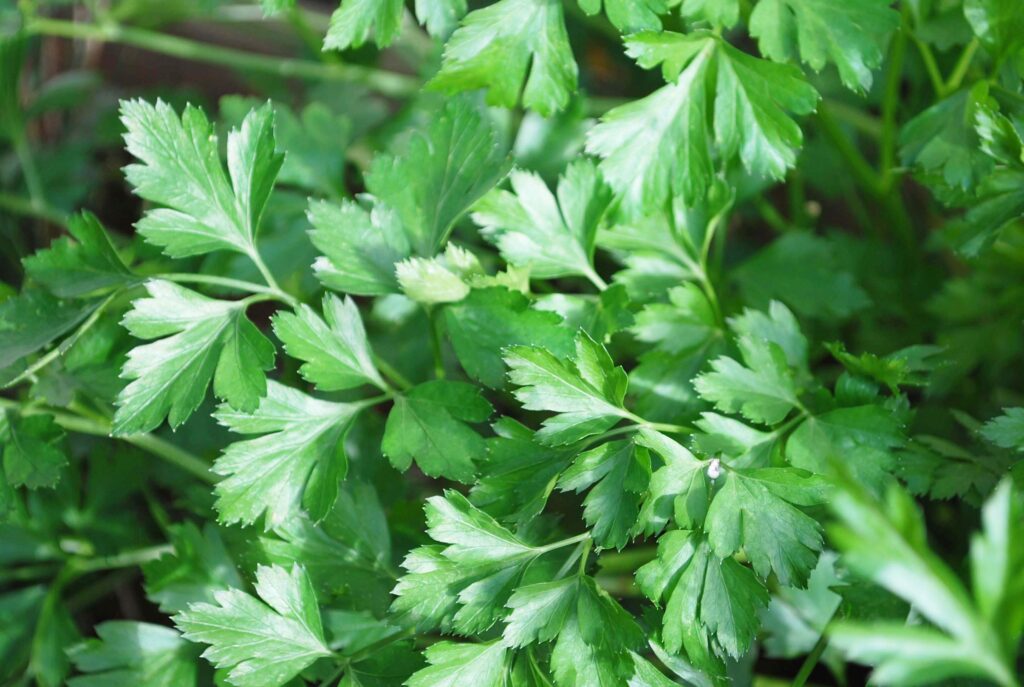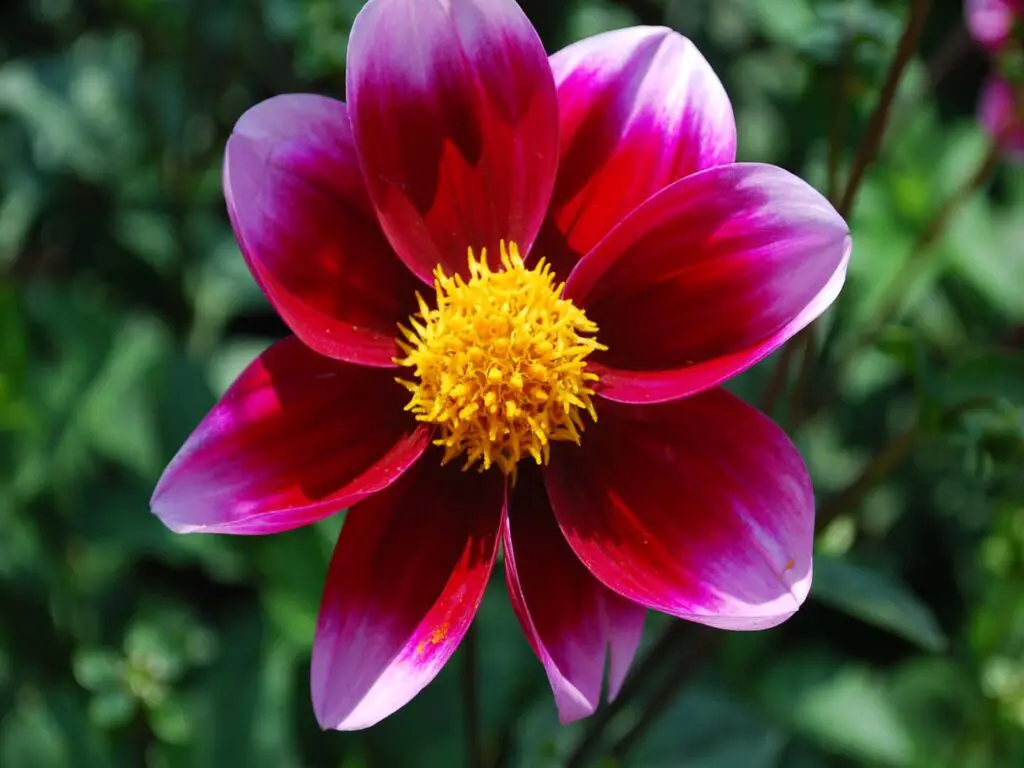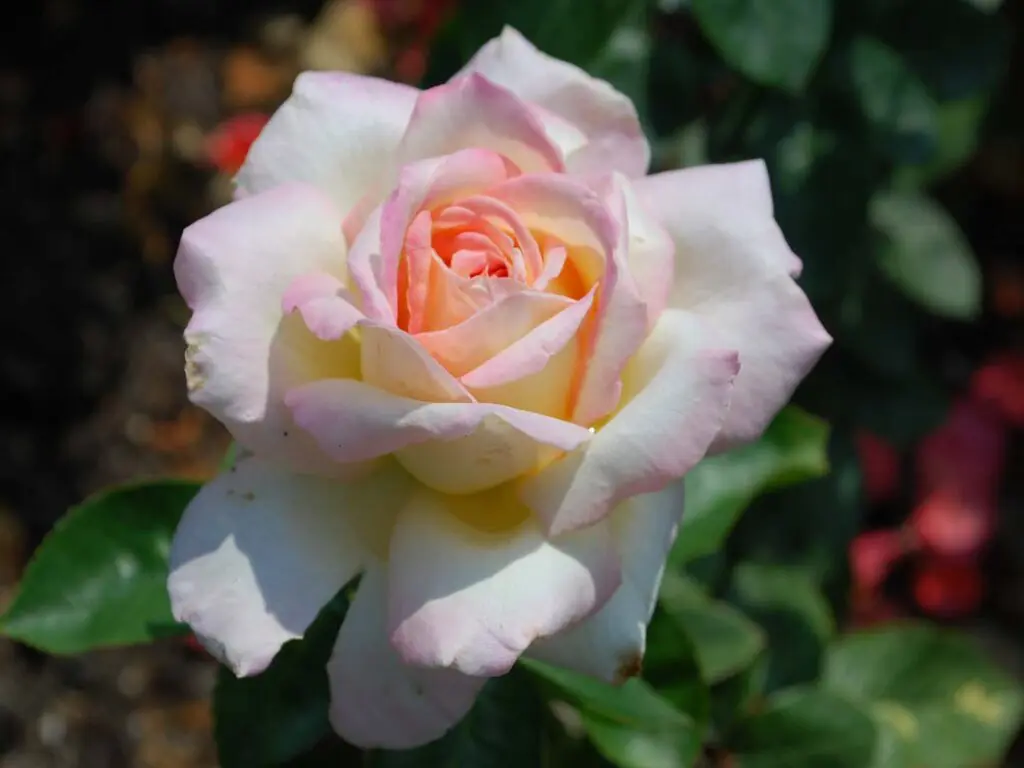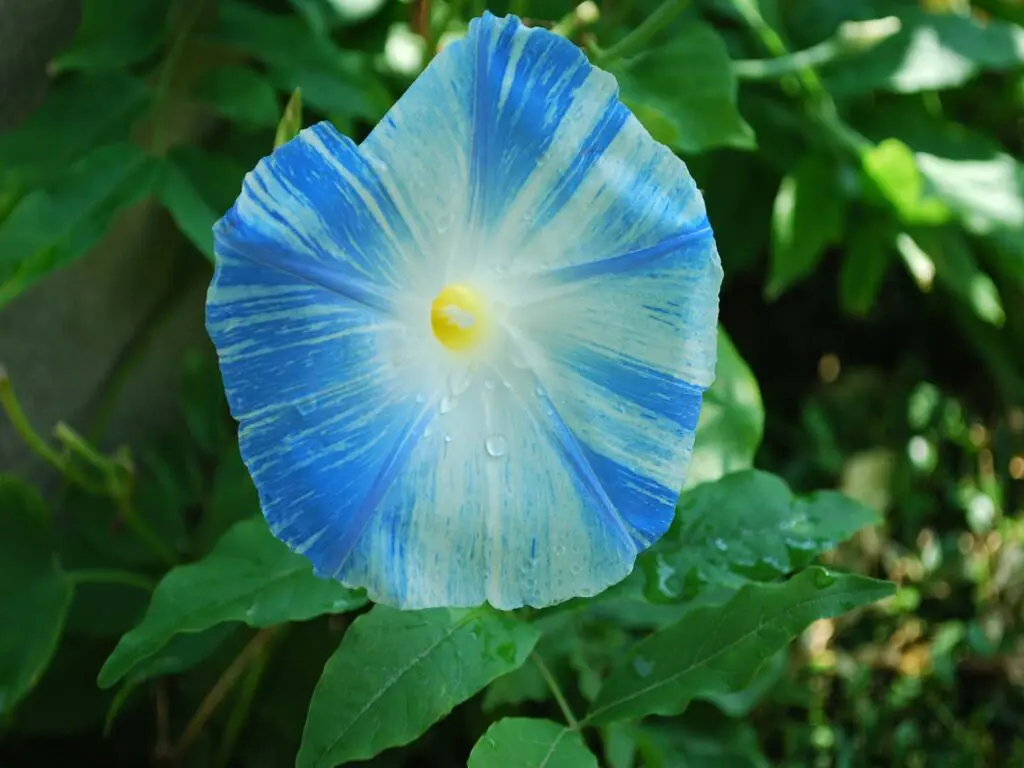Parsley
Parsley is available in flat leaf or curly leaf varieties. The curly leaf varieties are mainly used as a garnish. The flat-leaf varieties have a better flavor and are often used in soups and sauces.
You can purchase starter plants or direct sow the seeds. Parsley likes full sun but will handle part shade very well. Parsley makes an ideal container plant if it receives the moisture and nutrients it needs. Make sure the container is at least 8 inches deep since parsley has a deep tap root.
Parsley grows best in rich moist soil. Plant seeds after danger of frost is past and soil temps are about 60 degrees. Parsley can be slow to start in cool soils. Soaking the seeds overnight can help in germination. Parsley seedlings do not like to be moved so plant them in their final spot.

Keep the soil moist until the seeds germinate. Once the seedlings are up about 2 to 3 inches tall then thin to 6 to 8 inches apart. Fertilize once a month throughout the growing season.
Harvesting is simple. Just wait until the plants are growing and have several leaves. Snip or pinch off leaves and the plant will continue to grow all season.
You have a few options for storage. To keep fresh for 3-4 days, put cut sprigs in a glass of water in the refrigerator until ready to use. To dry parsley, wash the stems and pat dry. Bundle the stems together and hang them upside down in a well-ventilated, cool dry place out of direct sunlight. Once the stalks feel dry then crumble them up and store in an airtight container. My favorite way of preserving parsley is freezing it. I find this is the best way to preserve the flavor. Wash and dry the leaves. Remove the stems, rough chop, place on a sheet pan in the freezer. When frozen, store in a freezer bag.




